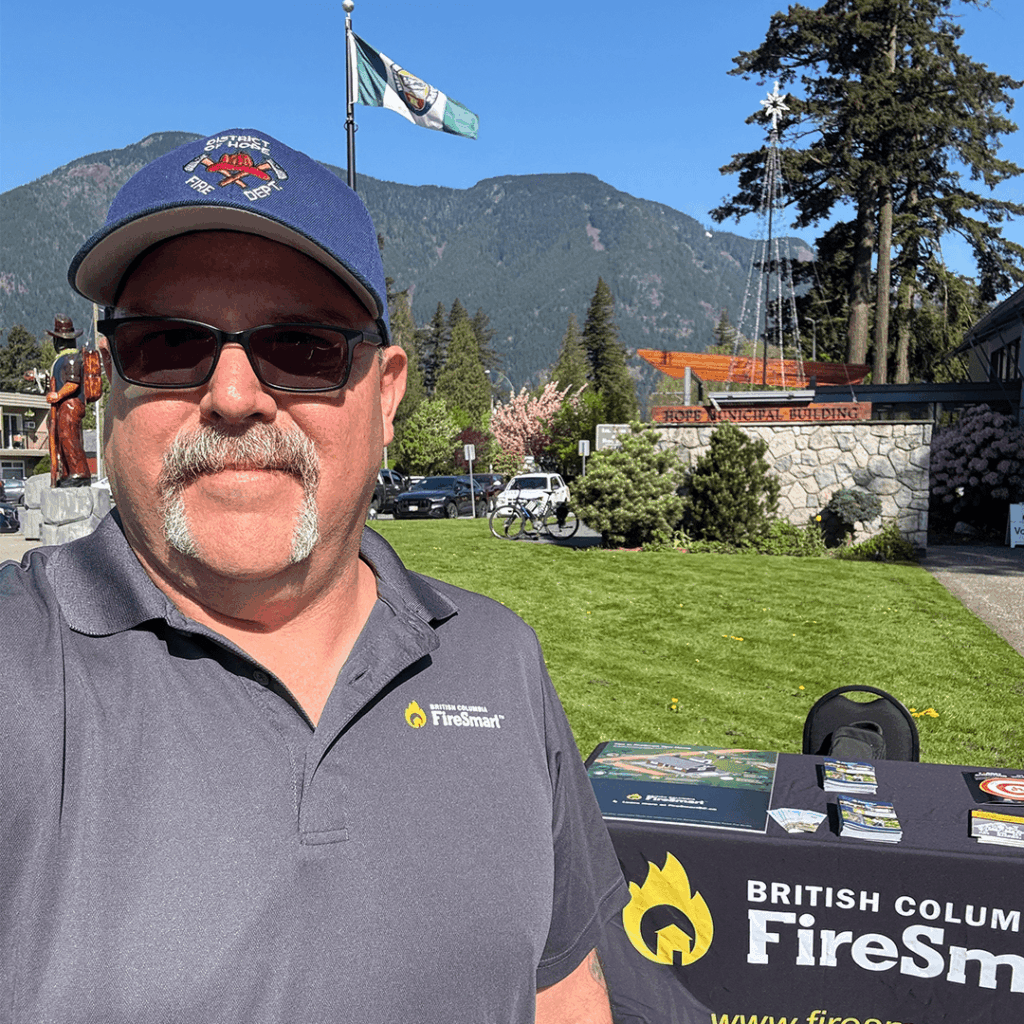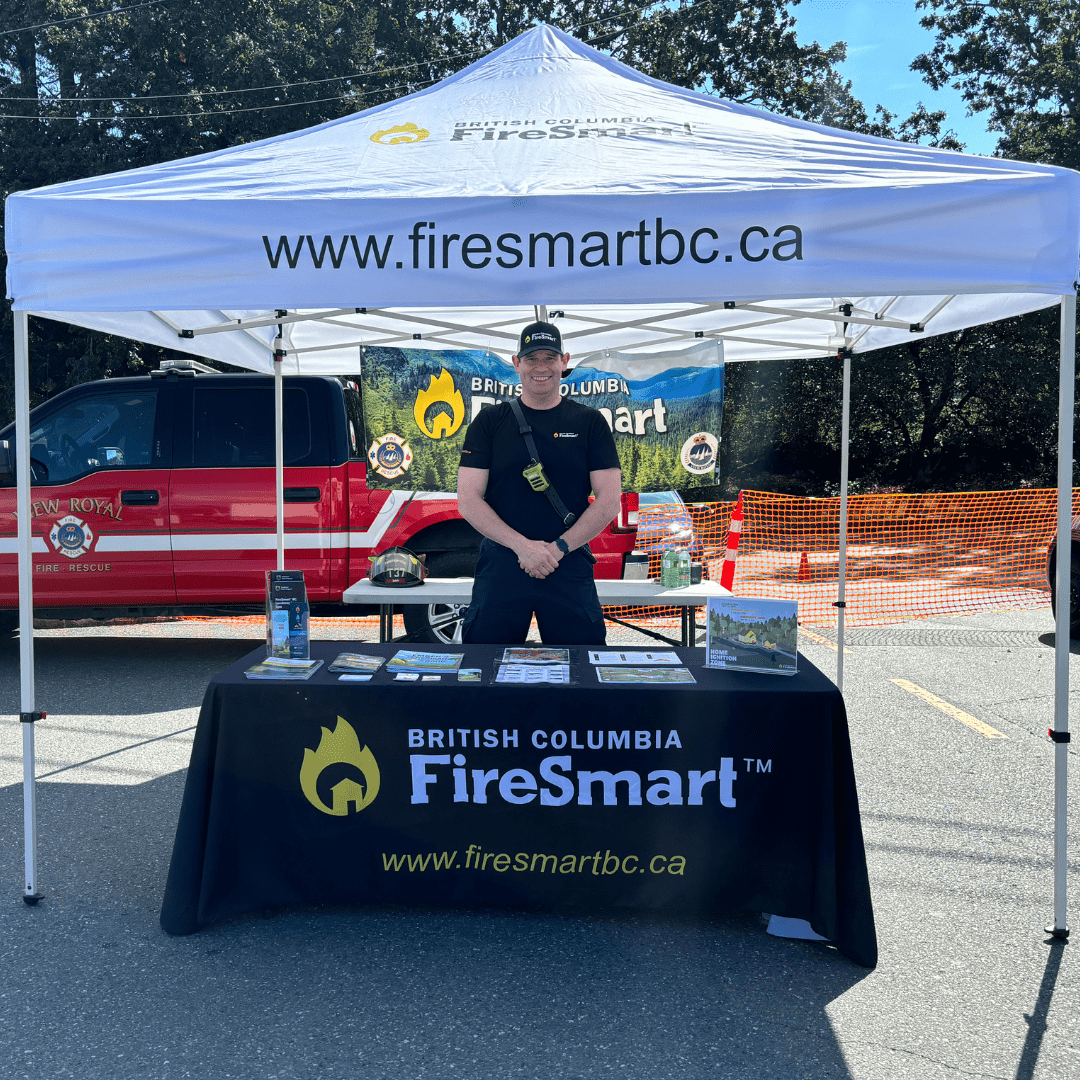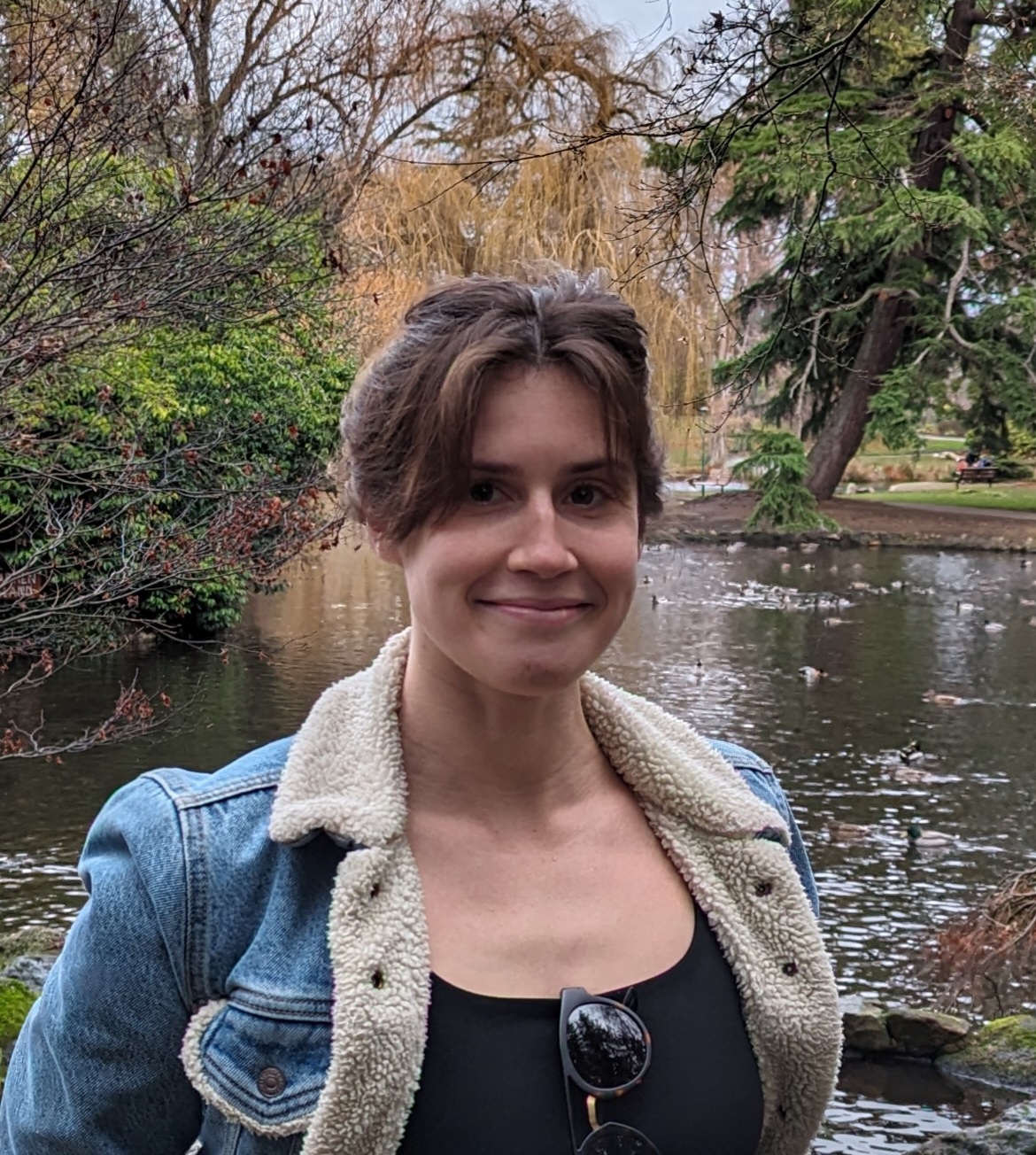WMS of the Month
Every month we highlight a Wildfire Mitigation Specialist (WMS) that is making a major impact in their local community. Know of a WMS that deserves recognition? Submit their name below.
Current recipient

David Hick
District of Hope
1) Where do you live and what area do you cover? I live and work right here in the District of Hope. This is my community—and protecting it is both my job and my passion.
2) How long have you been a Wildfire Mitigation Specialist (WMS)? Just over a year—and what a year it’s been! The work is incredibly rewarding.
3) What inspired you to become a WMS and support homeowners on their FireSmart journey? As the FireSmart Coordinator, I saw the Wildfire Mitigation Program as a real game-changer—a way to move from education to action. It gives us the chance to make a measurable, lasting impact by guiding residents with personalized advice and a rebate program that turns their goals into reality. It’s about empowering people and helping them take charge of their own wildfire resilience.
4) What are the two biggest challenges you face in your role? First, helping residents stay focused on what they can control—their own properties—rather than worrying about what their neighbors are or aren't doing. Second, encouraging follow-through on the bigger mitigation projects. We’ve all got long to-do lists, and motivating action takes persistence and creativity.
5) What are some standout successes from your FireSmart efforts so far? Last year, we conducted 80 Wildfire Mitigation Property assessments and 20 assessments on critical infrastructure—all while completing our district’s Community Wildfire Resiliency Plan. Two homeowners achieved full FireSmart certification, and six of our fire department members earned their WMS credentials. That’s a strong foundation, and we’re only getting started.
6) What’s been your favorite FireSmart event or project? Hands down, organizing joint training exercises between the BC Wildfire Service and the Hope Fire Department. It's been a win-win for both agencies and has now become a regular part of our annual training calendar. Collaboration like this strengthens our response and builds lasting partnerships.
7) What advice would you offer to other WMSs out there? Network like crazy. Get involved early with your regional Community Wildfire Resiliency Collaborative. Don’t work in a silo—connect with your fellow WMS professionals and share ideas. Every community is unique, but the tools and tactics we use have a lot in common. Learn from one another.
8) What’s your favorite part of the FireSmart BC website? I love that the site now includes the FireSmart BC Network. It’s made it so much easier to find the right contacts and deliver timely, accurate information to our residents. At the same time, it’s intuitive and welcoming to the public—which makes our job that much easier.
Nominate a WMS
Know of a great WMS? Perfect! Nominate them today by using our submission form, or by sending us an email to info@firesmartbc.ca with their name and why you’d like to nominate them.



